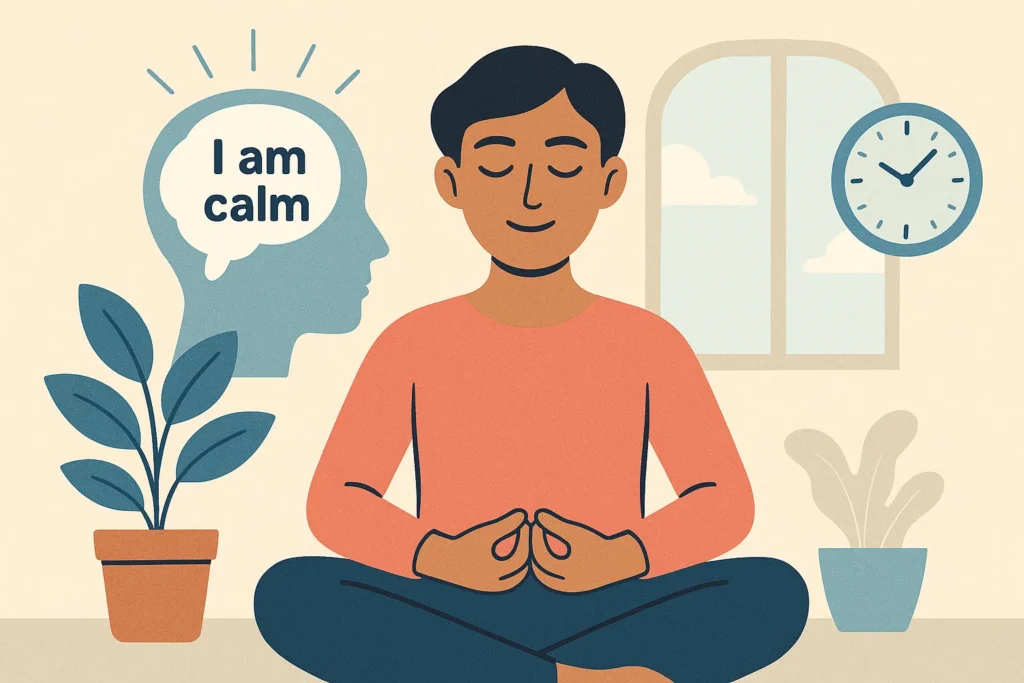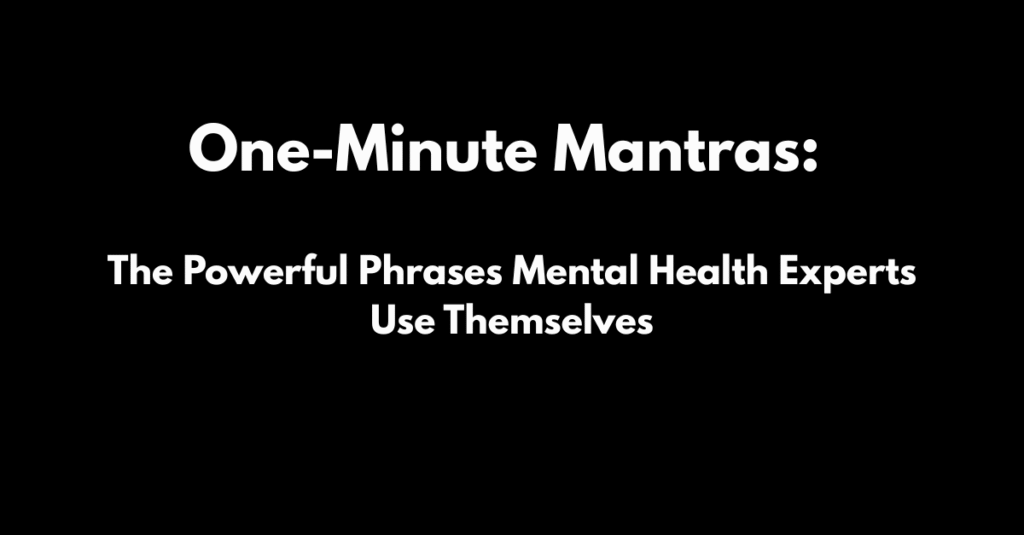Introduction
Mental health challenges are rising across populations, yet many people struggle to find quick, practical tools for everyday emotional resilience. Could something as simple as a one-minute mantra offer relief—if even briefly? This article explores how One-Minute Mantras: The Powerful Phrases Mental Health Experts Use Themselves serve as a fast, effective strategy to calm the mind. It will ask how these tiny statements work and reveal the answer: rooted in science, widely used by professionals, and easy to integrate into any routine.
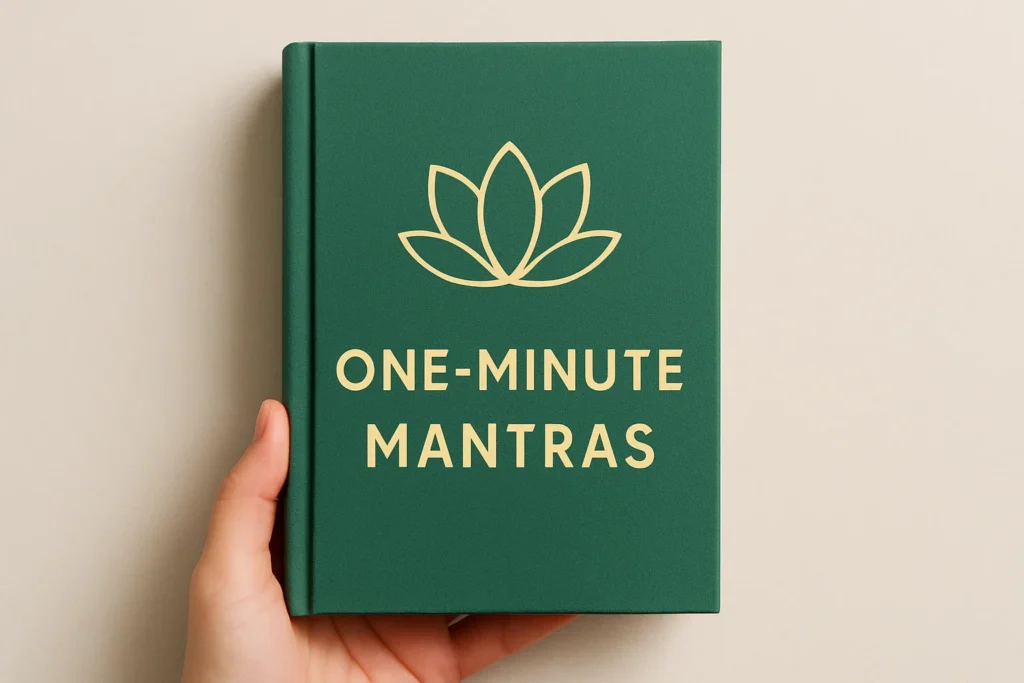
What Are One-Minute Mantras and Why They Matter
In essence, a mantra is a mind-tool—a short phrase repeated silently or aloud to center thoughts and bring awareness to the present (Verywell Mind, wefixbrains.com). These “one-minute” versions are adapted for busy modern lives: quick, memorable, and powerful.
Why are they meaningful? By focusing mental energy for just a moment, they disrupt repetitive negative thinking and reduce cognitive noise, offering clarity and emotional grounding (Verywell Mind).
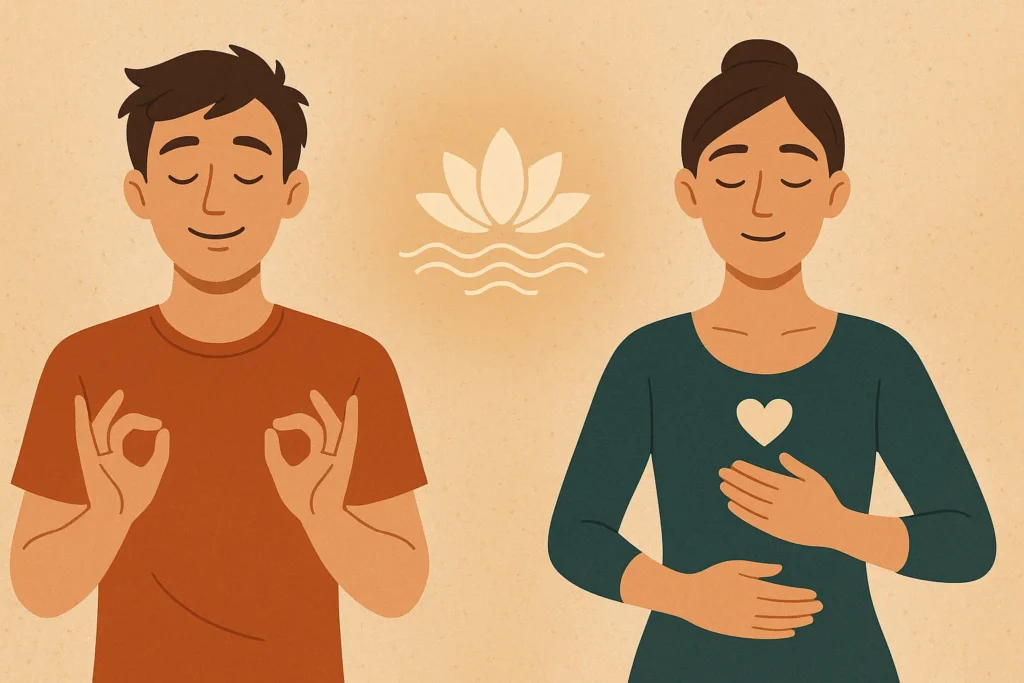
The Science Behind Mantra Meditation for Mental Health
Studies consistently support the effectiveness of mantra meditation:
- A systematic review indicates that mantra meditation yields moderate benefits for anxiety, stress, depression, and emotional regulation (ScienceDirect, MDPI).
- Mantras can quiet stress-related brain activity, calming the amygdala and improving emotional processing (Verywell Mind).
- The practice also supports broader mental and physical health—reducing insomnia, pain, and anxiety (PMC, NCCIH).
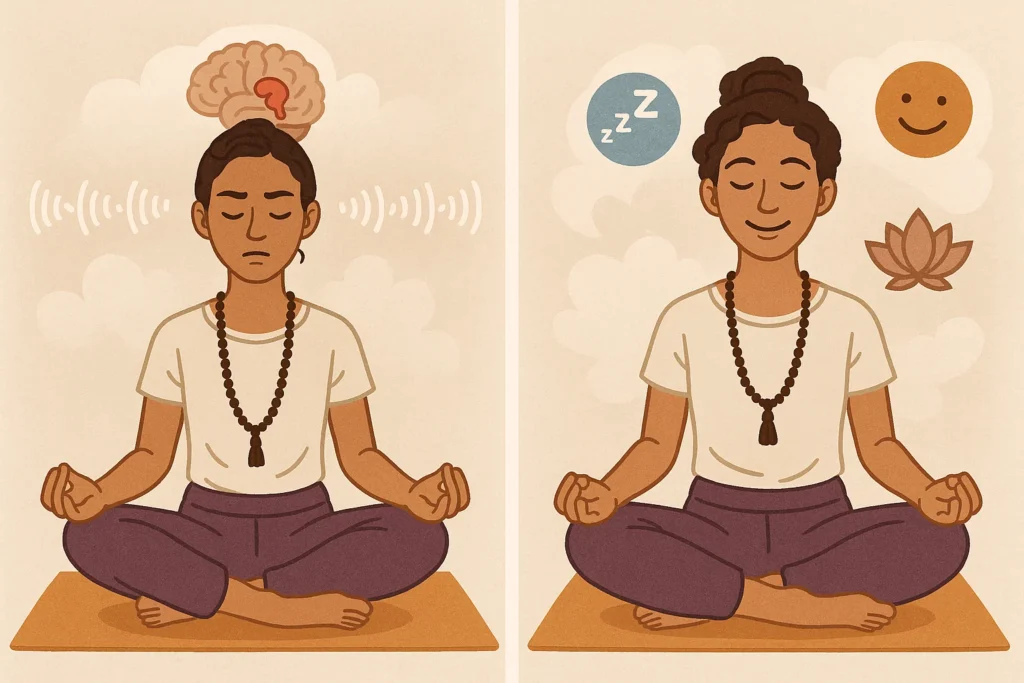
How Mental Health Professionals Use One-Minute Mantras
Mental health experts often rely on one-minute mantras as brief, portable tools. For instance:
- They may teach clients to pause and recite a phrase like “I am grounded” when stress spikes.
- These small interventions help patients regain control during therapy, enhancing engagement and progress (Psychology Today, Verywell Mind).
Experts appreciate that such mantras are flexible—they can be traditional (like “Om”) or personalized (like “I invite calm and clarity”) (Verywell Mind, hometownnp.com).
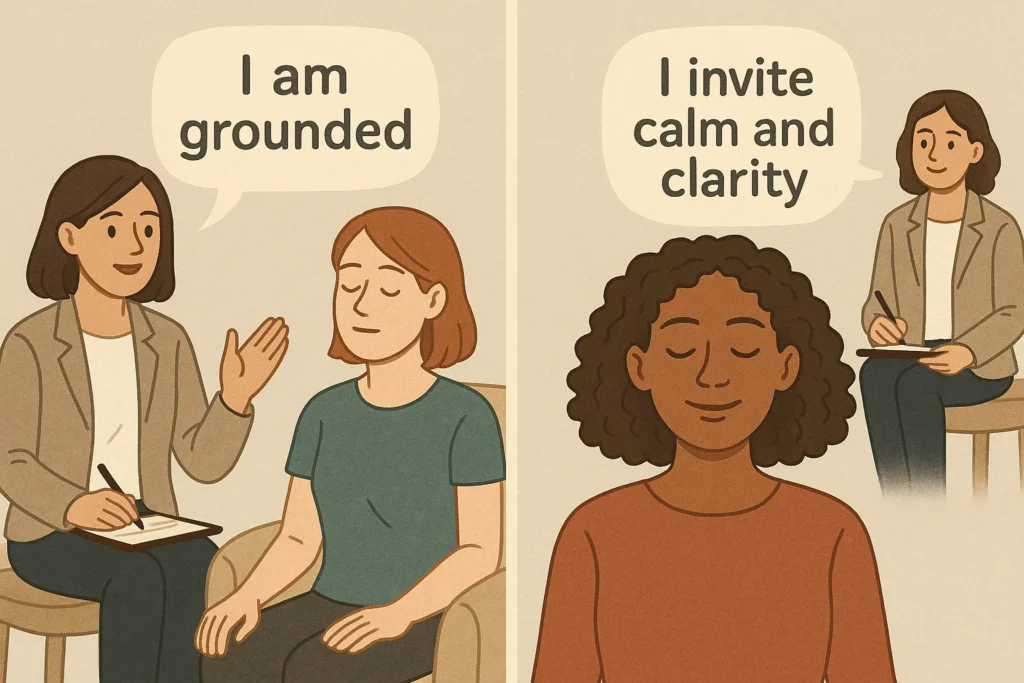
Incorporating One-Minute Mantras Into Daily Life
Here’s how to weave them into a routine:
- Pause and breathe: Close your eyes, take a deep breath, and repeat your mantra (e.g., “I am in control”) for one minute—any time, anywhere (Insight Timer, Verywell Mind).
- Set reminders: Write it on a post-it, set a phone alarm, or pair repetition with walking, commuting, or preparing coffee.
- Customize it: Select words that resonate personally, such as “peace within” or “I release tension” (hometownnp.com).
- Keep it consistent: Just one minute, twice a day, builds calm habits without overwhelming your schedule.
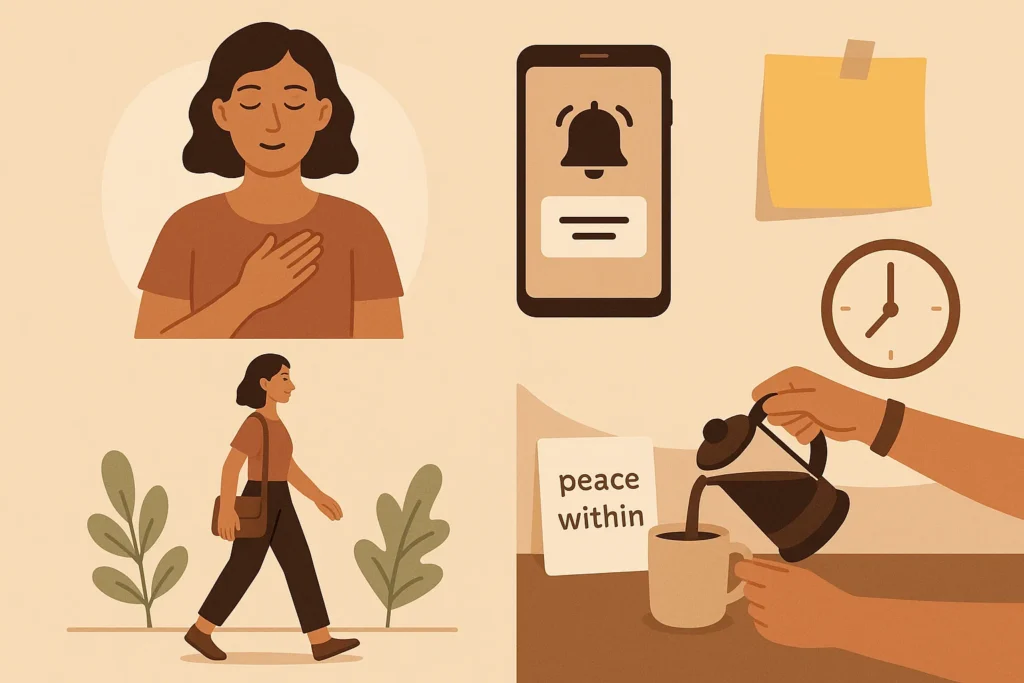
Benefits and Real-Time Impact
The impact of these mantras can be seen in broader mental health data:
- In 2024, nearly 6 million people took mental health screenings through Mental Health America—with 78% showing moderate to severe symptoms; nearly half of youth reported frequent suicidal thoughts (Mental Health America). Clearly, accessible everyday tools like mantras could serve as early, self-managed interventions.
- Mani practices align with 2025 trends: integrating mental wellness into daily life, personalization, and holistic care—all of which one-minute mantras support (Verywell Mind, Medical Realities).
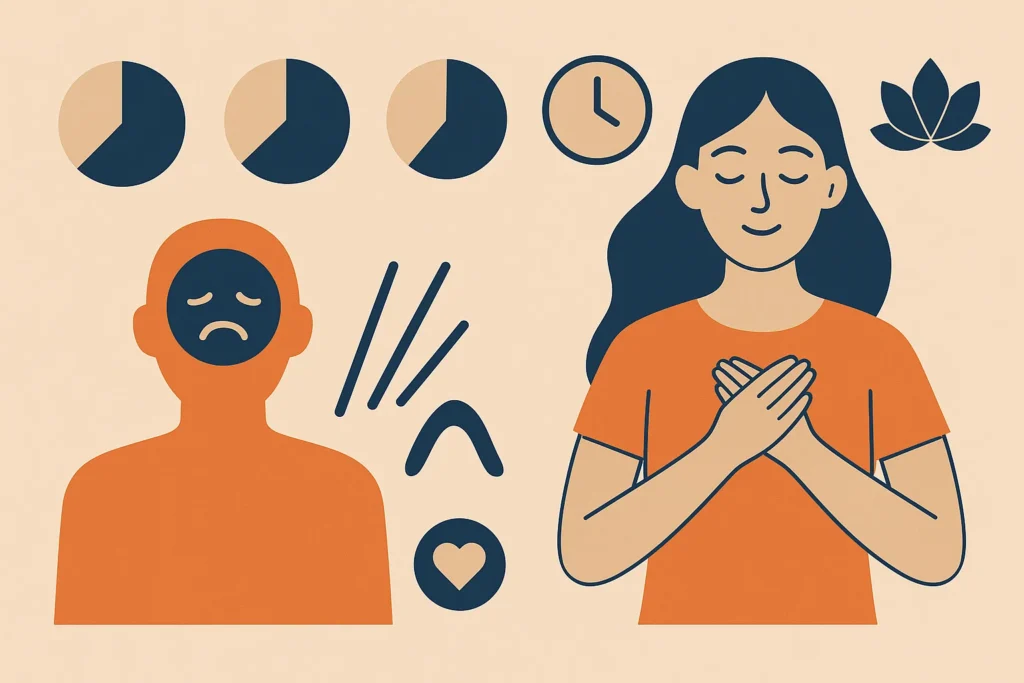
Conclusion
One-Minute Mantras offer a scientifically backed, expert-endorsed, and highly practical way to introduce mental clarity into busy lives. They address a crucial need: simple, flexible tools to combat stress, enhance focus, and support emotional well-being. As mental health challenges persist, these powerful phrases serve as a quiet but potent ally—a quick reset you can carry in your pocket.
